Beginners Guide to Timber Framing
The art of timber framing is one that has been around since early civilizations learned to cultivate wood as fuel and construction material. Although it can seem complicated with so many tools and machines that help construct the timber frame, there are some simple steps to follow when you’re learning the basics. This guide will show you the basic vocabulary around timber framing, what kind of woodworking equipment you might need, what kinds of tools are used to get things done, and the basic processes of constructing a timber frame from start to finish. Let's get started!
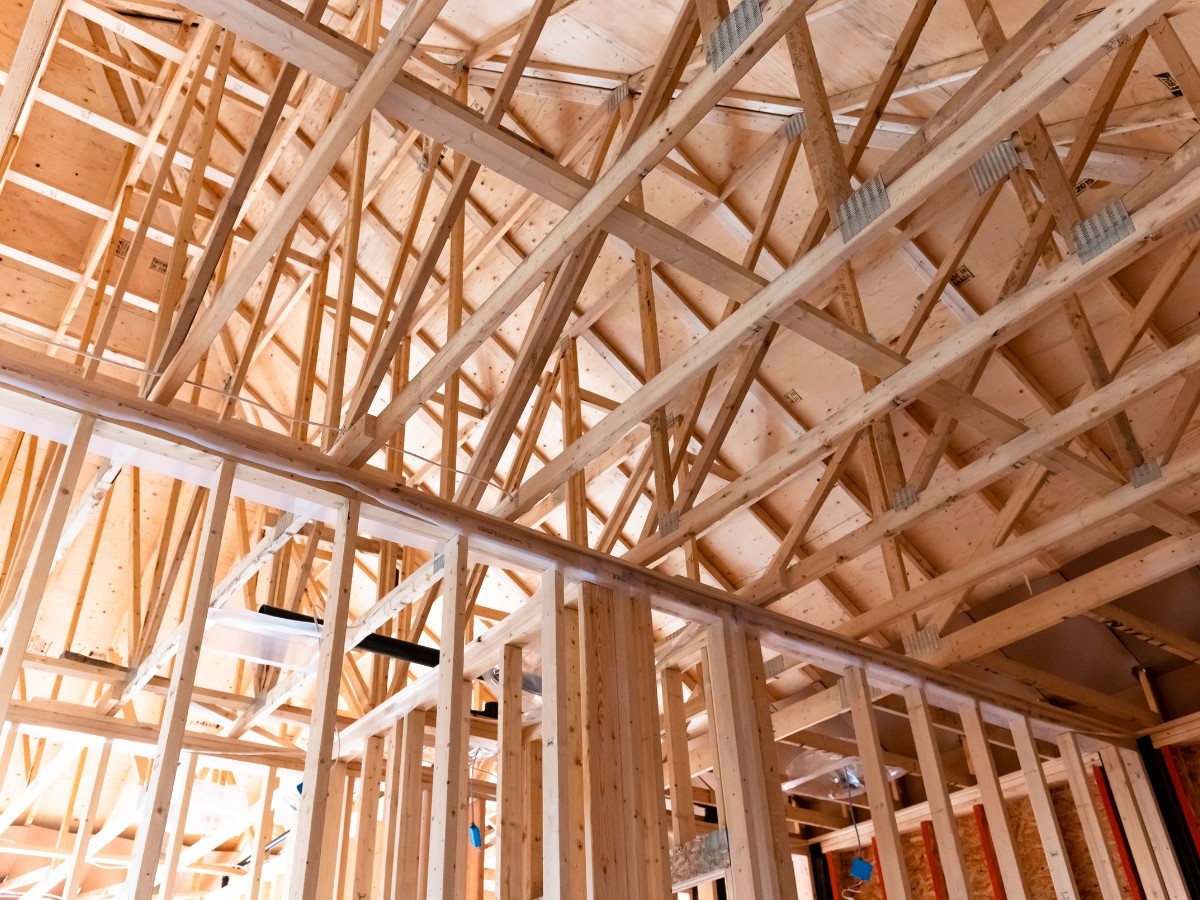
Atl text: A picture of xxposed timbers and complex joinery timber framing building structure home built with industrial power tools and machinery What Is Timber Framing?
Timber framing is a specialized building construction version of timber post and beam that is built like furniture, using the craft of connecting heavy timbers with wooden pegs, mortise, and tenons. This framing process is an ancient technique that uses power tools and machines to cut, shape and assemble these heavy timbers. Timber framing building technique was first practiced in Scandinavia and Eastern Europe, but it spread all over the world. It is a time-consuming process with lots of sawdust, but the results are impressive - homes that last centuries. Timber frames are also characterized by their unique joinery.
Timber Framing Vocabulary
With new terminology being thrown at you and talk of measurements, things can quickly become confusing. So make sure you get a handle on what this language means in order to navigate the journey around timber framing and much more.
Bay: a bay is the space between two roof supports, and a beam is used to support the roof.
Bent: the bent holds up the truss, which are beams of wood that are connected at their ends.
Chamfer: a chamfer is an angled bevel on the edge of a timber or beam.
Dutchman: joints in timber framing are made by overlapping timbers end-to-end and then joining them with a scarf joint.
Grit: a girt is one of two posts that support a truss on either side of it, and joinery refers to any joint where pieces of wood fit together in some way.
Joints: this is simply where the two timber parts meet.
Mortise and Tenon: when one piece (the tenon) has a hole cut into it so that another piece (the mortise) fits into it snugly. These holes are cut along each other such that they create a strong joint without needing nails or glue.
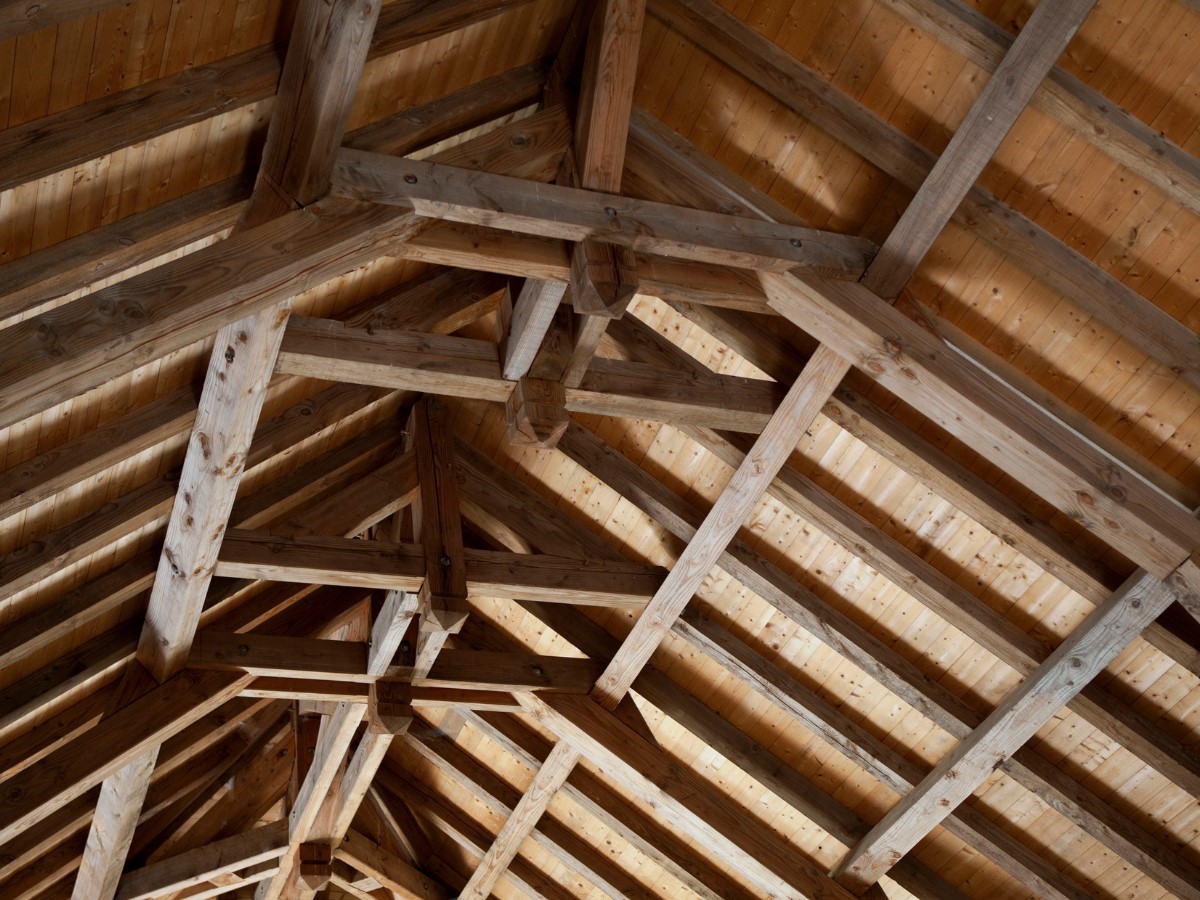
Alt text: A close-up photo of timber framing ceiling wood beams woodwork
What are the Benefits of Timber Framing
Some great reasons to opt for timber frame homes are their striking visual appearance, high structural strength and long-lasting durability, making them impervious to the threat of burning, and promoting superior structural integrity.
What are the Different Building Types
There are three other different types of building construction we can look at: conventionally built, log homes, and post and beam construction. Conventional buildings are typically made from a combination of materials such as wood, steel, concrete, and brick. They are framed with smaller dimensional lumber, therefore load-bearing walls are necessary to support the structure. Log Homes are often constructed in rural areas using natural materials like logs which are left exposed. Post and Beam Construction is a type of timber framing that relies heavily on timber for building structure. They differ from timber framing in that they use metal fasteners, either hidden or exposed.
What is Timber Frame Raising
Timber frame raising is the process of assembling and raising a timber frame structure. The process typically involves lifting a large timber frame upright, sliding it into place on top of a foundation, and securing it in place with temporary braces. While the process does have its risks, it can be relatively simple as long as you are well-prepared and use the right tools for the job.
What are SIPs and why do they matter for timber framing?
Structural insulated panels (SIPs) are a type of building material and are commonly used to enclose timber frame homes. A SIP is composed of two major layers- an insulating foam core and two exterior facings, typically oriented strand board or plywood. SIPs can completely encase a window frame and frame the beautiful interior frame's grain patterns as well as provide an airtight seal to protect against the weather. As a result, builders end up with an energy-efficient, cost-effective, and strong building construction system.
Essential Timber Framing Power Tools
The most essential power tools for timber framing are a heavy duty drill, circular saw, heavy duty router, chain saw, chain mortiser, belt sander, and power planner. These tools will allow you to work on the crafting process of timber framing by cutting out beams, setting notches and drilling holes. You will also need specific hand tools including: a carpenter's square, utility knife and chisels. To make your tool search simple, read our detailed article on these seven essential power tools. We have compiled a list for you below.
Heavy Duty Drills
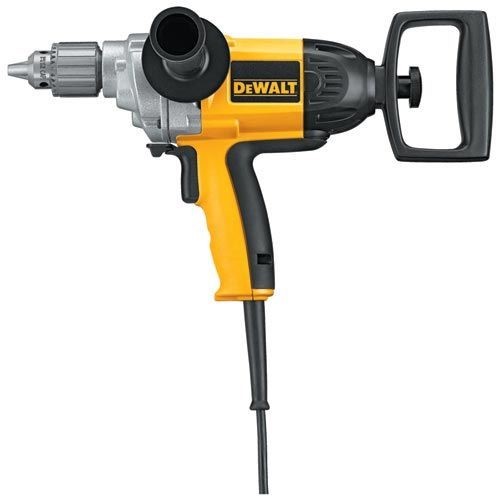
Dewalt 1/2" (13mm) Spade Handle Drill DW130V
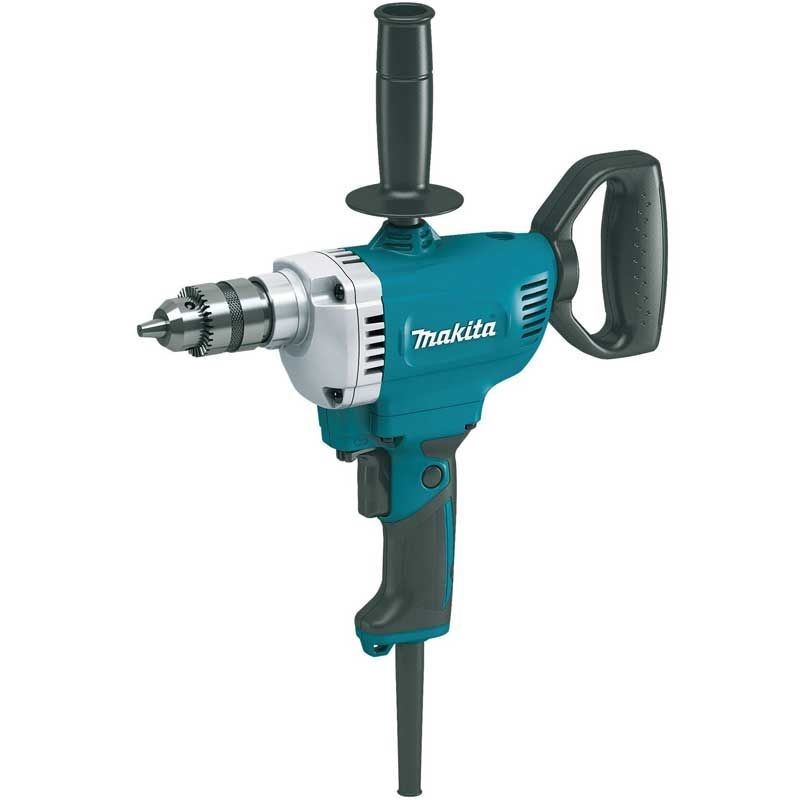
DS4012 1/2" Spade Handle Drill - Makita
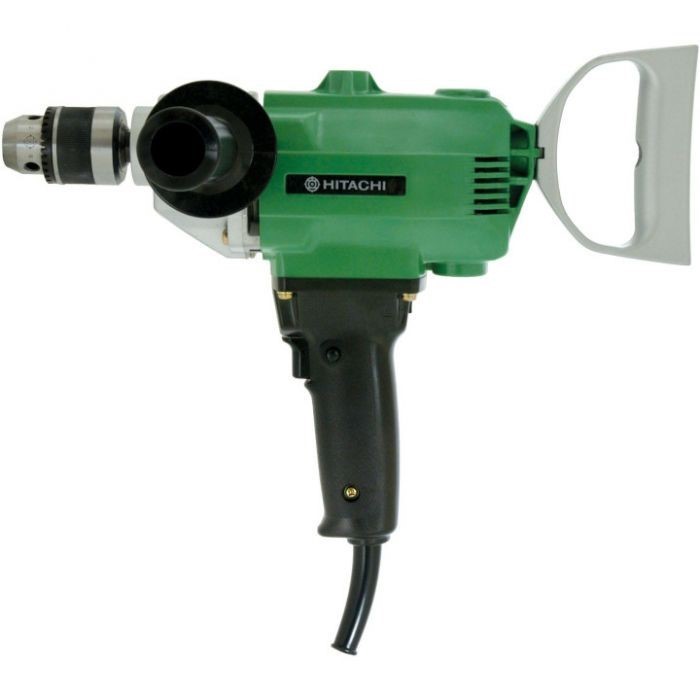
Hitachi 1/2 Spade Handle Drill, 550 RPM, 6.2 Amp
Circular Saws
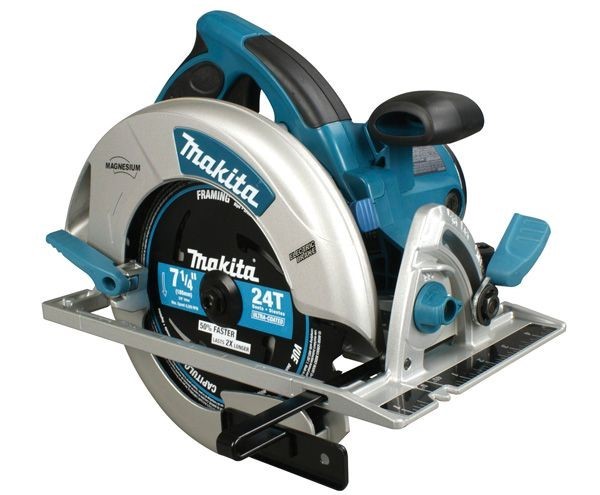
Makita 5007MGA - 7-1/4" Magnesium Circular Saw with L.E.D. Lights
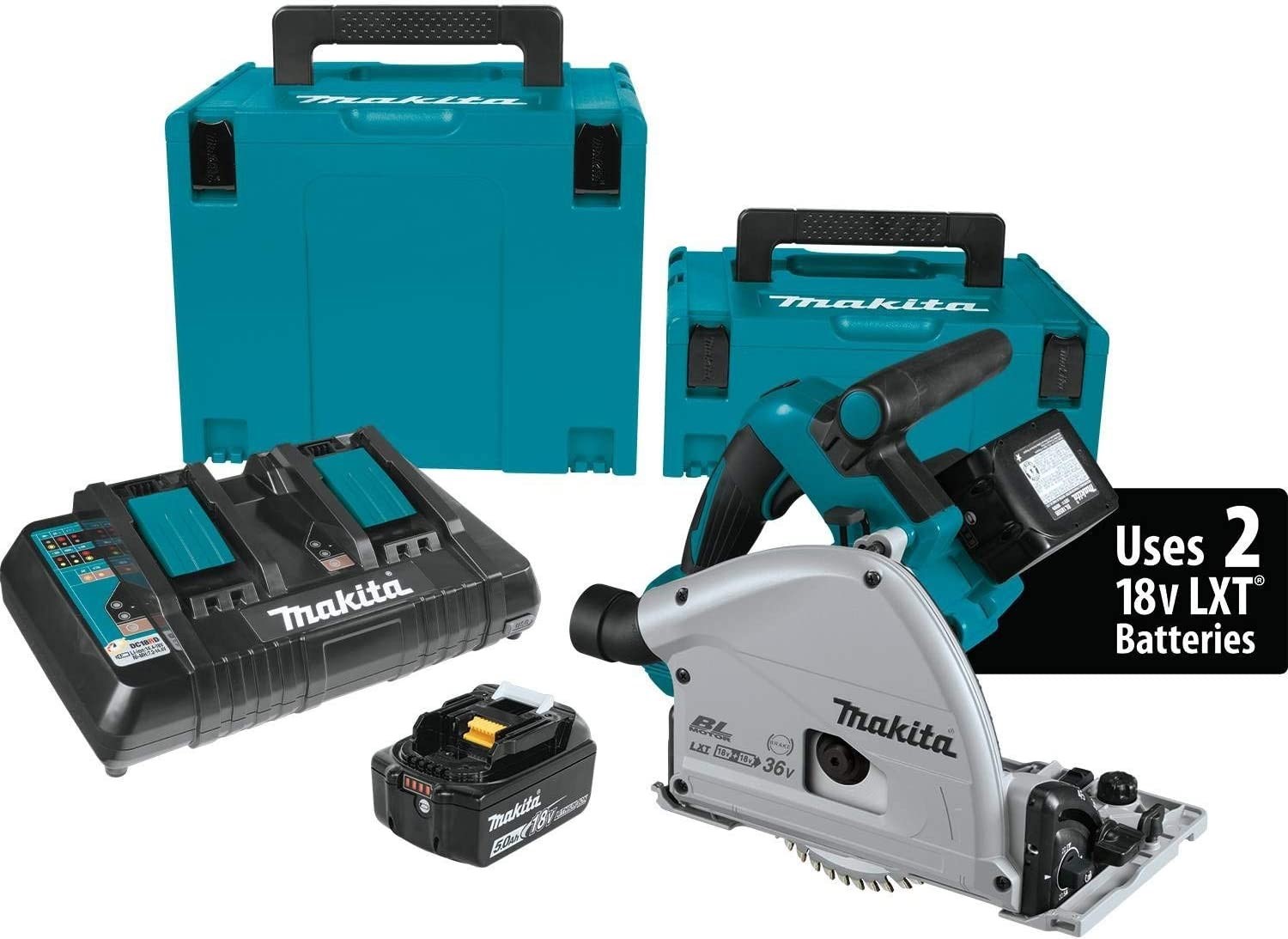
Heavy Duty Router
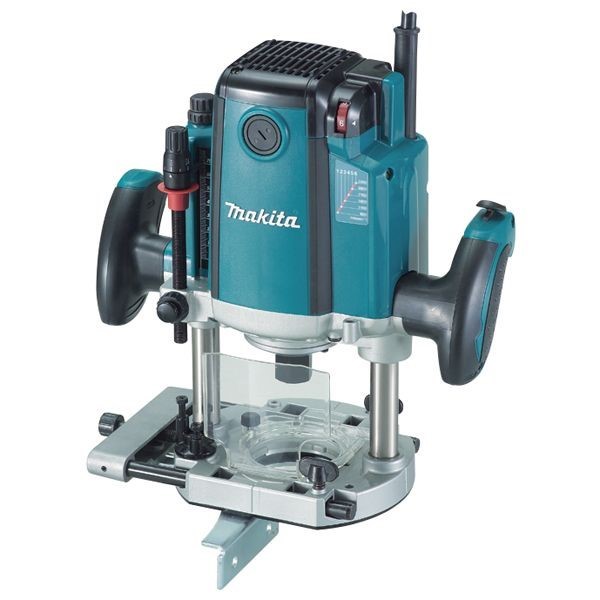
Makita RP2301FC - 3-1/4 HP* Plunge Router
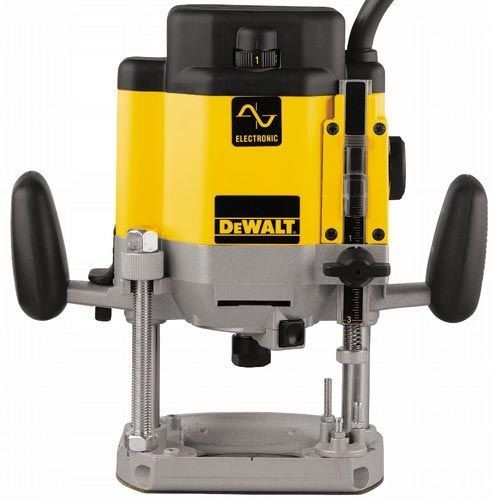
Dewalt3 HP (maximum motor HP) EVS Plunge Router
Chain Saw
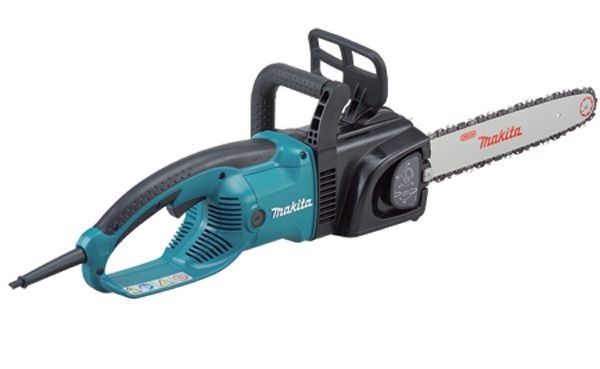
Makita UC4051A Electric Chain Saw, 16"
Chain Mortiser
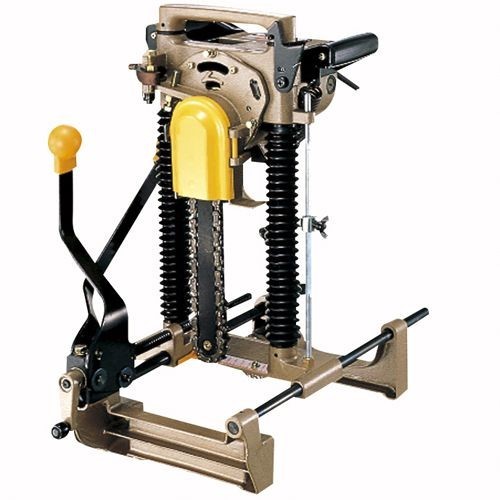
Belt Sanders
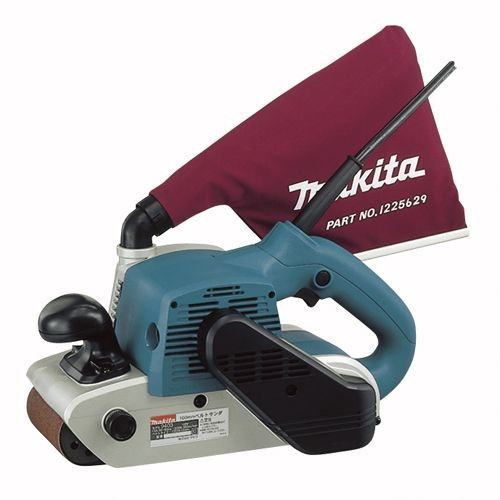
Makita 9403 - 4" x 24" Belt Sander
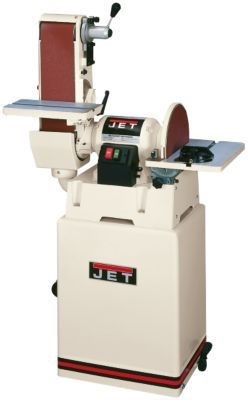
JET 708598K JSG-6CS, 6" x 48" Belt / 12" Disc Sander with Closed Stand
Power Planner
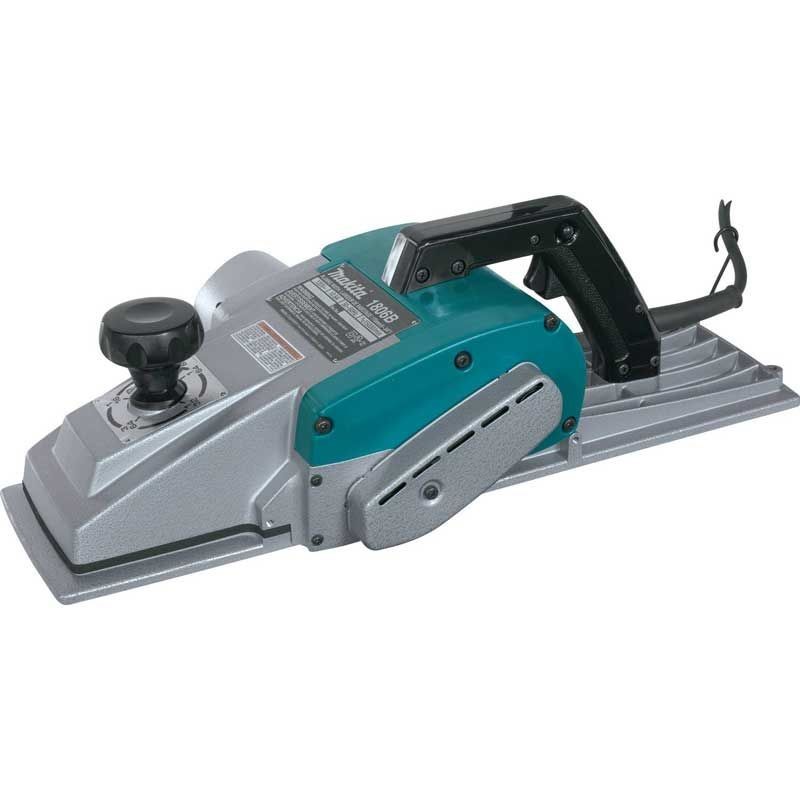
If you're a DIY enthusiast or contractor looking to save time on your next project, MMTools one-stop-shop will have everything you need: specific tools like saws and hammers; ready-made construction supplies; replacement tool parts; as well as industrial power tools.
